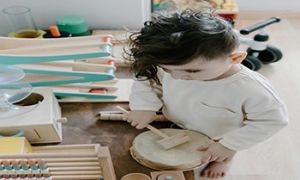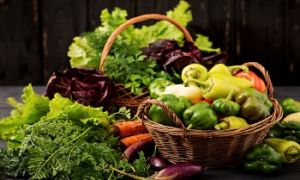In homes and centres across the country, early childhood educators once viewed documentation as a treasure map—capturing the magical moments of play, thought, and connection that helped children grow. But today, many feel they are no longer tracing children’s journeys. They’re just ticking boxes.
The Shift from Purposeful to Performative
The comment beneath the Aussie Childcare Network post said it plainly:
“Being purposeful and meaningful and slowing pedagogy and documenting down… Nope it’s simply become about ticking a box. What a real shame!”
Once a living, breathing tool that fostered reflection and dialogue with children, documentation has become a static record—written not for children or families, but for audits. The push for constant evidence under frameworks like EYLF has drowned educators in paperwork, replacing creativity with compliance.
The Cost of “Too Much”
- Parents make it clear: they’re not reading lengthy reports.
- They want joy, safety, and connection—not bureaucratic jargon.
Yet educators are spending hours writing observations, compiling cycle documents, and formatting with perfect EYLF wording… often for an audience that isn’t even looking.
Quality Is Not a Checkbox
When documentation is about performance, not pedagogy, something sacred is lost:
- Children miss out on deep engagement.
- Educators lose their spark.
- Teams are burnt out and under-supported.
Tick-box culture reduces human complexity to form fields. And the most meaningful moments—those micro-moments of insight, comfort, and laughter—go undocumented because they don’t fit the template.
Reviving Reflection: Documentation That Breathes Again
It’s time to reclaim documentation as a working document:
- One that evolves with children’s interests.
- That is revisited together as a storytelling tool.
- That prioritizes quality over quantity, reflecting real learning rather than superficial busywork.
Rather than overwhelming educators with frequency, we should ask:
- What does this moment teach us about the child?
- How does this story inform our practice?
- Is this documentation truly empowering families?
Let’s slow pedagogy down. Let’s make it meaningful. Let’s stop drowning—and start listening again.
What Is a Working Document in Early Childhood Education?
In early childhood education, a working document is more than just a draft—it’s a living, evolving tool that supports reflective practice, child-led learning, and collaborative pedagogy. It’s designed to be revisited, adapted, and enriched over time, often with input from children, families, and educators.
Key Features of a Working Document
| Feature | Description |
|---|---|
| Editable | Continuously updated as children’s learning unfolds |
| Collaborative | Involves children, educators, and sometimes families |
| Reflective | Used to revisit learning, spark dialogue, and deepen understanding |
| Pedagogical | Anchored in curriculum frameworks like EYLF, but flexible in application |
| Creative | May include photos, quotes, drawings, or child voice |
Examples in Practice
- Learning Stories: Narratives that capture a child’s experience and are revisited to extend learning.
- Project Documentation: Visual displays or journals that evolve with a long-term inquiry.
- Planning Books: Educator notes that shift based on children’s interests and developmental needs.
- Child Portfolios: Collections of work that grow over time and include child reflections.
Why It Matters
Educators in the Aussie Childcare Network thread expressed grief over documentation becoming a “tick-the-box” exercise. A working document resists that—it’s
- Responsive to children’s voices.
- Empowering for educators.
- Meaningful for families.
- Authentic in capturing real learning.
Instead of being a static record for audits, it becomes a dialogue tool—a way to co-construct understanding and celebrate growth.
Further Reading
Opinion: Are We Documenting Learning Or Drowning In It?
Q: When Analysing Observations How Do You Know Which Learning Outcome To Use?
Q: How Do I Come Up With Extension Ideas During Observations
Q: Do We Need To Reflect On All Learning Stories, Work Samples and Observations?
Q: How Do I Write Reflections That Inspire and Meaningful Rather Than Reflections That Are Just Meeting Requirements
Q: How Do I Observe a Child's Interest?
Observations in Childcare
Q: How Do I Write An Observation?




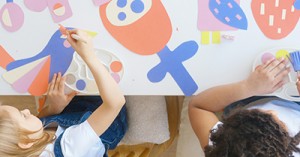


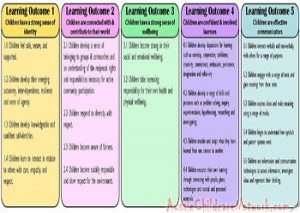 Here is the list of the EYLF Learning Outcomes that you can use as a guide or reference for your documentation and planning. The EYLF
Here is the list of the EYLF Learning Outcomes that you can use as a guide or reference for your documentation and planning. The EYLF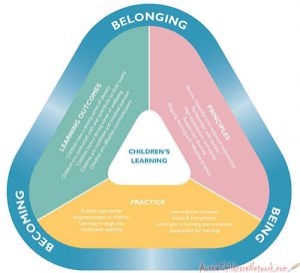 The EYLF is a guide which consists of Principles, Practices and 5 main Learning Outcomes along with each of their sub outcomes, based on identity,
The EYLF is a guide which consists of Principles, Practices and 5 main Learning Outcomes along with each of their sub outcomes, based on identity,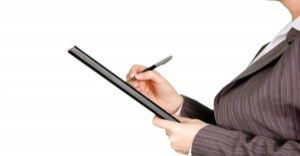 This is a guide on How to Write a Learning Story. It provides information on What Is A Learning Story, Writing A Learning Story, Sample
This is a guide on How to Write a Learning Story. It provides information on What Is A Learning Story, Writing A Learning Story, Sample One of the most important types of documentation methods that educators needs to be familiar with are “observations”. Observations are crucial for all early childhood
One of the most important types of documentation methods that educators needs to be familiar with are “observations”. Observations are crucial for all early childhood To support children achieve learning outcomes from the EYLF Framework, the following list gives educators examples of how to promote children's learning in each individual
To support children achieve learning outcomes from the EYLF Framework, the following list gives educators examples of how to promote children's learning in each individual Reflective practice is learning from everyday situations and issues and concerns that arise which form part of our daily routine while working in an early
Reflective practice is learning from everyday situations and issues and concerns that arise which form part of our daily routine while working in an early Within Australia, Programming and Planning is reflected and supported by the Early Years Learning Framework. Educators within early childhood settings, use the EYLF to guide
Within Australia, Programming and Planning is reflected and supported by the Early Years Learning Framework. Educators within early childhood settings, use the EYLF to guide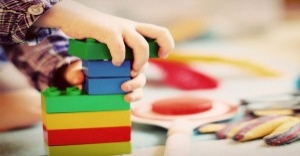 When observing children, it's important that we use a range of different observation methods from running records, learning stories to photographs and work samples. Using
When observing children, it's important that we use a range of different observation methods from running records, learning stories to photographs and work samples. Using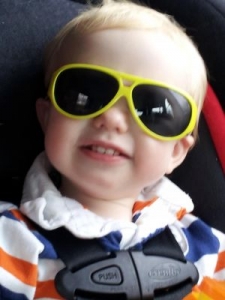 This is a guide for educators on what to observe under each sub learning outcome from the EYLF Framework, when a child is engaged in
This is a guide for educators on what to observe under each sub learning outcome from the EYLF Framework, when a child is engaged in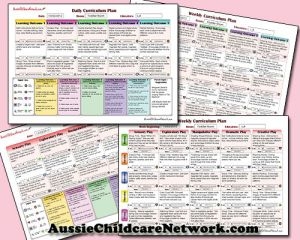 The Early Years Learning Framework describes the curriculum as “all the interactions, experiences, activities, routines and events, planned and unplanned, that occur in an environment
The Early Years Learning Framework describes the curriculum as “all the interactions, experiences, activities, routines and events, planned and unplanned, that occur in an environment